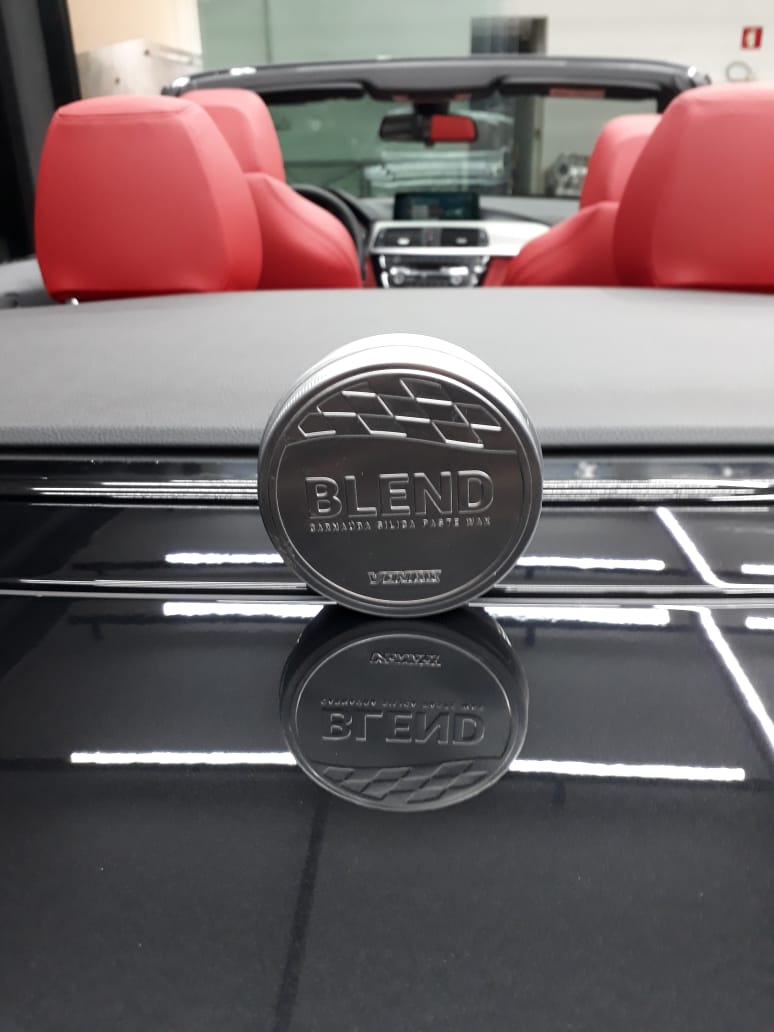
Ceramic Coatings vs. Wax: Which is Better for Your Car?
Share
Ceramic Coatings vs. Wax: Which is Better for Your Car?
When it comes to protecting and enhancing the appearance of your car, two popular options often come to mind: ceramic coatings and traditional wax. Both offer unique benefits and have their place in the world of car care, but which one is the better choice for your vehicle? In this post, we'll dive into the differences between ceramic coatings and wax, exploring their advantages and drawbacks to What is Car Wax?
Car wax has been a staple in car care for decades. It's typically made from natural carnauba wax or synthetic polymers, and it provides a protective layer on the car's paint. Here's a closer look at the benefits and limitations of car wax:
Benefits of Car Wax:
1. Shine and Gloss: Car wax delivers a deep, glossy finish that enhances the color and appearance of your vehicle. It's known for giving cars that classic showroom shine.
2. Easy Application: Wax is relatively easy to apply and can be done at home with minimal tools. It's a straightforward process that even beginners can handle.
3. Cost-Effective: Compared to ceramic coatings, car wax is more affordable and readily available. It's a great option for those on a budget.
4. Hydrophobic Properties: Wax provides a water-repellent surface, helping to keep your car cleaner for longer and making it easier to wash.
Drawbacks of Car Wax:
1. Shorter Durability: Wax typically lasts for a few weeks to a few months, depending on the product and environmental conditions. Frequent reapplication is necessary to maintain protection.
2. Limited Protection: While wax offers some protection against UV rays, contaminants, and minor scratches, it doesn't provide the same level of defense as ceramic coatings.
3. Susceptible to High Temperatures: In hot climates, wax can melt and degrade more quickly, reducing its effectiveness.
What is a Ceramic Coating?
Ceramic coatings are a more recent innovation in car care. These liquid polymers chemically bond with the car's paint to create a durable, protective layer. Let's explore the benefits and limitations of ceramic coatings:
Benefits of Ceramic Coatings:
1. Long-Lasting Protection: Ceramic coatings can last for several years with proper maintenance, significantly outlasting traditional wax. This long-term protection saves time and effort.
2. Superior Defense: Ceramic coatings offer exceptional protection against UV rays, oxidation, chemical stains, bird droppings, tree sap, and minor scratches. They form a hard, protective shell that keeps the paint looking new.
3. Hydrophobic Properties: Like wax, ceramic coatings are highly hydrophobic, making water and dirt slide off the surface easily. This helps maintain a cleaner car with less frequent washing.
4. Enhanced Appearance: Ceramic coatings provide a glossy, slick finish that enhances the car's appearance. The coating brings out the depth and clarity of the paint, giving it a polished, high-end look.
Drawbacks of Ceramic Coatings:
1. **Higher Cost:** Ceramic coatings are more expensive than wax, both in terms of product price and professional application costs. However, the long-lasting protection can offset this initial investment.
2. Complex Application: Applying a ceramic coating is a more involved process that requires careful preparation and precision. Many car owners opt for professional installation to ensure the best results.
3. Potential for Mistakes: If not applied correctly, ceramic coatings can result in uneven coverage, streaks, or high spots. This can be challenging to correct and may require professional intervention.
Which is Better for Your Car?
The choice between ceramic coatings and wax ultimately depends on your priorities and preferences. Here are some factors to consider when making your decision:
- Budget: If you're looking for a cost-effective solution and don't mind regular maintenance, car wax is a great option. It's affordable and easy to apply, making it accessible for most car owners.
- Longevity and Protection: For those seeking long-lasting protection and superior defense against environmental factors, ceramic coatings are the clear winner. They offer unmatched durability and keep your car looking pristine for years.
- Ease of Application: If you prefer a straightforward, DIY approach, car wax is the way to go. Ceramic coatings, while offering better protection, require more skill and precision during application.
- Aesthetic Preferences: Both wax and ceramic coatings enhance the car's appearance, but ceramic coatings provide a more durable, high-gloss finish that can elevate the look of your vehicle.
Conclusion
Both ceramic coatings and wax have their advantages, and the best choice for your car depends on your specific needs and preferences. Wax offers a cost-effective, easy-to-apply solution for a beautiful shine and basic protection. On the other hand, ceramic coatings provide long-lasting, superior protection and a high-end finish that keeps your car looking like new for years.
Consider your budget, desired level of protection, and willingness to invest time and effort into the application process when making your decision. Whichever option you choose, regular care and maintenance will ensure your car remains a source of pride and joy on the road.
Vonixx has plenty of options for your vehicles protection needs, if you would like a traditional wax we have our Native series, featuring both a paste wax and a spray wax option. If you wish to ceramic coat your vehicle V-Paint pro is your best option, but if the process and risks make you nervous we also have spray-on ceramic options like our SiO2 Spray or Sinergy Paint featuring a Carbosiloxy formula. With Vonixx you can have your cake and eat it too, if you can't decide between wax or ceramic, we have just the product line for you. Our Blend series of products combines SiO2 ceramic protection and Carnauba wax to give your paint the protection and shine you desire, featuring both a spray wax and paste wax option.
